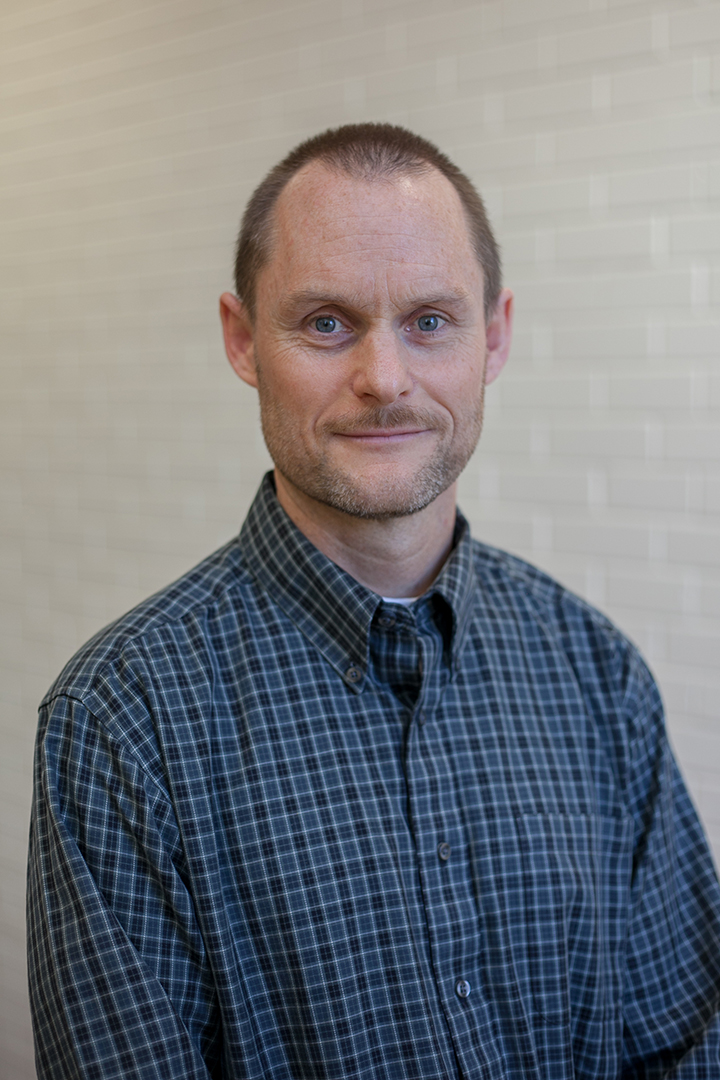



Natural disease challenge model critical to improve pig health
Canadian swine researcher Dr. John Harding is working on a unique, long-term disease challenge project to maximize pig health and minimize antimicrobial use in commercial swine barns.Western College of Veterinary Medicine (WCVM) swine researcher Dr. John Harding is involved with a unique, long-term disease challenge project that will help to maximize pig health and minimize antimicrobial drug use in commercial swine barns.

Beginning in 2015 researchers from around North America, in collaboration with PigGen Canada and the Centre de développement du porc du Québec (CDPQ), established a natural disease challenge model (NDCM) at a typical wean-to-finish pig barn in Deschambault, Que.
To do this, they “seeded” the pigs with multiple diseases that are problematic in commercial swine barns, including porcine respiratory and reproductive syndrome virus (PRRS virus), Mycoplasma hyopneumoniae, influenza A virus, and others. As each batch of new pigs comes in, they are exposed to the diseases, and the infection naturally continues.
Harding is part of a dedicated veterinary operations committee that meets weekly and makes decisions on how to strategically sustain infection at a level sufficient to maintain spread while not sacrificing animal welfare.
Meanwhile, the team at the Québec barn keeps detailed and individualized records about signs of illness, feed and water intake, mortality and antibiotic treatment to keep a close eye on the health status of the herd.
If the infection pressure is too severe, the veterinary committee can bring it down using strategies such as vaccination, medicated feed or water, and reduced nose-to-nose contact between pigs.
This type of multi-disease experiment is advantageous because it mimics the challenges that pigs face in an average Canadian swine barn.
“When pigs go into barns they are exposed to multiple diseases at the same time, typically viral plus bacterial,” says Harding, a professor in the WCVM’s Department of Large Animal Clinical Sciences. “PRRS virus may infect the pig and then the secondary bacteria jump in and do more damage.”
One of the goals of the NDCM is to study how to improve pigs’ resilience to disease — how to have “continued productivity when faced with exposure,” explains Harding.
More resilient pigs get less sick when they are exposed to other diseased animals. With the emergence of new cost-effective technologies in genetic sequencing and methods to measure pigs’ immune responses, researchers can look for genes and other traits in individual pigs that are more resilient to the diseases in the model.
Resilience traits have traditionally been difficult to study because they require a large number of animals to examine. The natural disease challenge model provides that missing piece, having accumulated data from over 5,000 pigs during its five-year run so far.
“No other group has done a natural challenge study of this magnitude,” says Harding.
Having more information about these traits will hopefully allow the swine industry to identify resilient animals in breeding herds and select for those traits. This strategy has immense potential to increase productivity, improve animal welfare and reduce antibiotic usage.
Antimicrobial drug usage is a hot topic right now as consumers, the livestock sector and the government try to move towards more judicious antibiotic use.
“In order to make change, you need to measure where you are, so we need to measure what antibiotic usage is today,” says Harding.
To accomplish this goal, Harding’s team has over five years’ worth of data detailing all treatments administered at the Québec barn that will be used to help benchmark the current antibiotic use in the Canadian swine industry.
While the government and industry may monitor the sheer volume of antibiotics being used in kilograms or tonnes, this information does not always give an accurate picture of on-farm treatments. For example, since the amount of antibiotic required per animal is vastly different between types of antibiotics, one dose of penicillin given to a pig is different from one dose of tetracycline given to a pig in terms of milligrams.
To better assess how the industry is making progress on antimicrobial use and to allow for comparison between farms and different antibiotics, researchers have developed standards called “defined daily doses” to measure how many doses of any antibiotic each pig has received.
Because records on commercial farms are generally not detailed enough, it is unknown how these two systems of antibiotic monitoring (absolute volume versus doses) correspond to each other or how accurate a picture they provide. But due to its size and thorough records, the NDCM provides a unique opportunity to estimate where the Canadian swine industry stands.
Harding emphasizes that it is important for continuous monitoring of antibiotic use to become mainstream in the livestock sector.
“We need to be able to justify why we’re using antibiotics and that we are using them judiciously,” he says.
Consumers and governing bodies around the world are increasingly frowning upon the use of antibiotics in animal agriculture, especially for reasons such as growth promotion. However, Harding points out that veterinarians and swine producers “have an ethical responsibility to make sure that we treat animals well, and antibiotics are part of that.”
By benchmarking antibiotic usage and finding innovative ways to improve pigs’ resilience to disease, research studies such as the natural disease challenge model are essential to maintaining a socially, economically and ethically sustainable livestock industry.
Hayley Bowling of Calgary, Alta., is a third-year veterinary student at the Western College of Veterinary Medicine (WCVM) whose research position was supported by an NSERC Undergraduate Student Research Award and the college’s Interprovincial Undergraduate Student Summer Research program. Her story is part of a series of articles written by WCVM summer research students.

